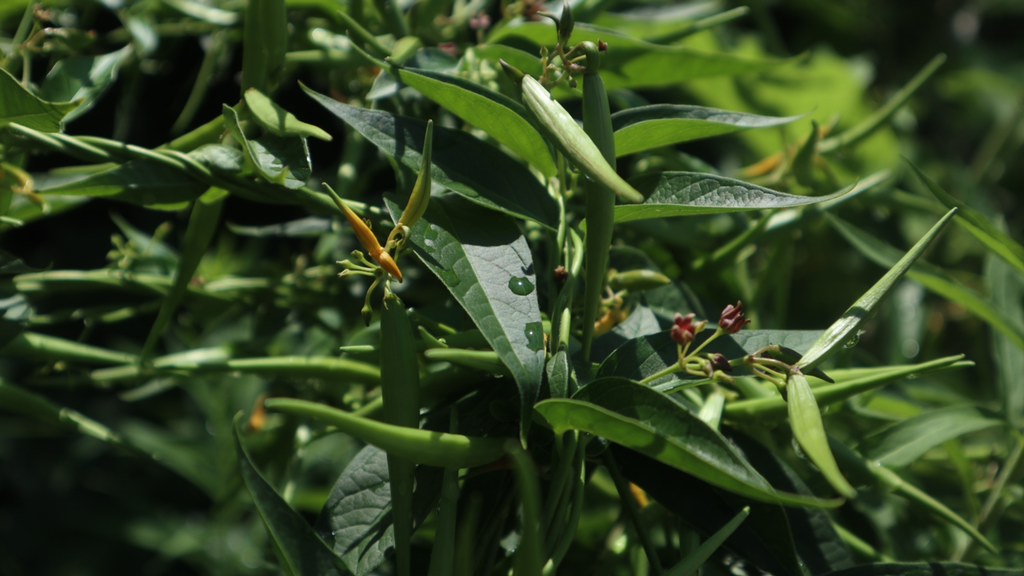Dog-Strangling Vine
Dog-Strangling Vine is an invasive vine native to Southern Europe that has been present in Ontario since the late 1800s.
Dog-Strangling Vine is able to spread rapidly and create dense thickets by twining around themselves and other plants, allowing it to crowd out native plant species. It is also able to climb shrubs and trees, which can sometimes cause damage and create overhead hazards. Additionally, Dog-Strangling Vine can release chemicals from its roots that can change soil chemistry and harm other plants.
What it looks like

| Form | A vine that can grow to heights of 1 to 2 metres or more. |
|---|---|
| Habitat | Found in a wide variety of habitats, including old fields, lawns, ditches, shrub thickets, stream banks, fence lines, forests and roadsides. |
| Leaves | Oppositely paired, glossy, smooth and dark green. The shape is wide and oval to oblong, rounded at the base and pointed at the tip. |
| Flowers | 5 petals that are red-brown or maroon to pinkish in colour. |
| Fruits and seeds | Long slender peapod-like fruit. Seeds are attached to feathery tufts of hair that aid in their distribution by wind. |
| Stem | Thin, long trailing vine. |
How it spreads
Dog-Strangling Vine can produce thousands of seeds that easily catch the wind and can also be transported by water. The plant is also able to spread through fragments of roots left in the ground after attempted removal.
What you can do
Brush seeds off your shoes and pets before leaving a park or natural area to prevent transporting them to another location.
Report Dog-Strangling Vine plants found in City parks and natural areas.
Remove Dog-Strangling Vine plants on your own property. Don’t compost any removed material, as these plants can regrow from fragments and can contaminate new areas. Place any removed material in a dark plastic bag for one to two weeks in the sun to ensure any plant material is no longer viable, then dispose of it regularly with other garbage.